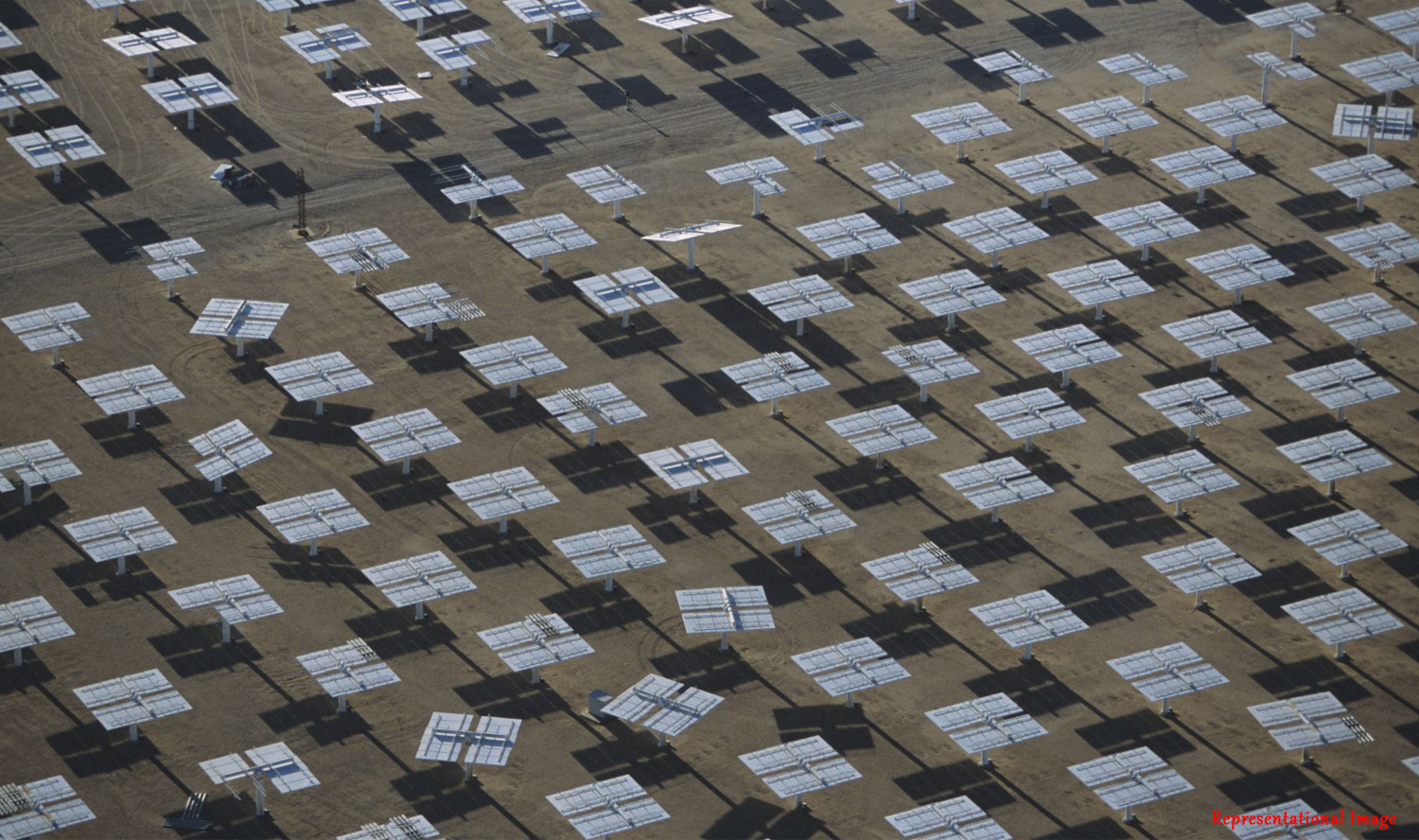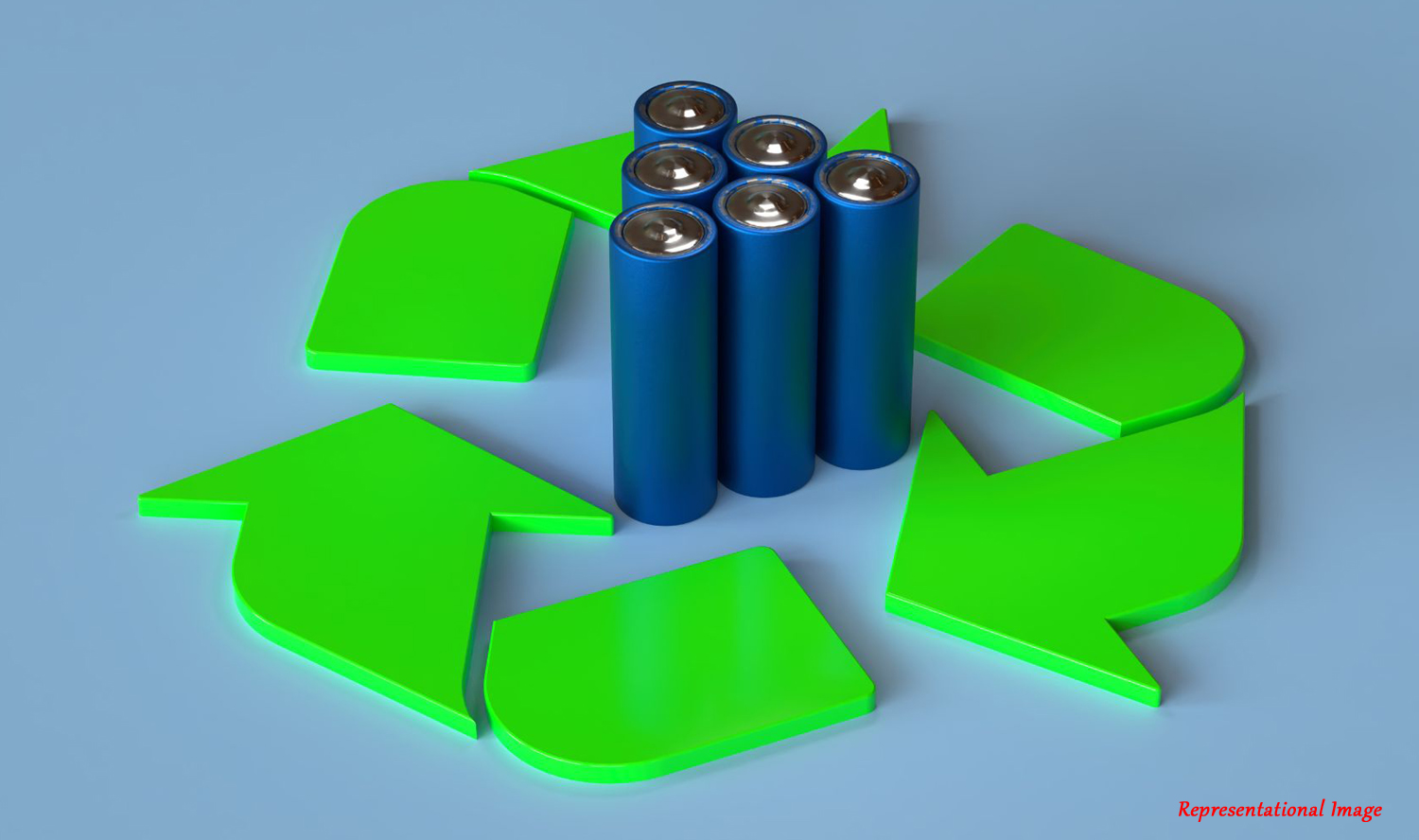
There’s a transition happening now. The need for cleaner energy is ringing in a new era of renewable sources of energy that are not only environment friendly, but are found to be more efficient than fossil fuels.
Hydrogen as a fuel holds great promise. Not only is it a clean source of energy, but it has 4 times more energy density than coal.
However, the storage of hydrogen poses a big problem to researchers. This is because hydrogen is usually volatile being a singular atom.
The best method to store hydrogen is solid-state hydrogen storage. This is more stable compared to storage in liquid and gaseous forms.
Several methods for the storage of hydrogen using metal hydrides (MHs) like lanthanum (La) have been tried. Here magnesium (Mg) is attracting a lot of attention because of its high hydrogen storage capacity.
Recently, phase change materials (PCM) used along with MHs have attracted a lot of attention. PCMs help in the absorption and desorption of large amounts of heat that are dissipated. Examples of PCMs include polyethylene glycol (PEG) and fatty acids.
In such a setup, the buoyancy effect in PCM and sensible heat for calculating its mass are usually neglected. Buoyancy is an upward force exerted by a fluid in a direction opposite to the weight of the immersed object.

In this study, the authors Mr. Ankush Parmanand Shrivastav, Dr. Praveen Kumar Kanti, and Prof. M. P. Maiya from the Department of Mechanical Engineering, Indian Institute of Technology Madras, Chennai, India, and Dr. G. Mohan from the Centre for Computational Research in Clean Energy Technologies, Sree Chitra Thirunal College of Engineering, Thiruvananthapuram, India, have used magnesium MH with sodium nitrate PCM to form a hydrogen storage system, and have done a mathematical study on the same.
A unique effort in this study was the addition of copper fins to increase the effective heat transfer from MH to PCM.
The authors concluded that the buoyancy effects should be considered in a hydrogen storage reactor with PCM.
The buoyancy effect generates convection currents, which improves heat transfer and the melting rate of PCM, which results in a nearly 4% reduction in the time required to achieve 90% hydrogen absorption.
More number of fins used created less time to achieve 90% hydrogen absorption. The reactor with 28 fins took approximately 97% less time than the reactor with 10 fins to achieve 90 % hydrogen absorption.
Fin factor and fin efficiency were also evaluated. The performance evaluation criterion was found to increase with the increase in the number of fins. The increase in supply pressure has a more significant effect on hydrogen absorption compared to the initial temperature of the reactor.
Dr. Anil Kumar Emadabathuni, from the Department of Mechanical Engineering, Indian Institute of Technology Tirupati, Tirupati District, India, gave his analysis and acknowledged the importance of the work done by the authors with the following comments: “Hydrogen storage is one of the major bottlenecks for the success of the national hydrogen energy mission. Solid-state storage of hydrogen using MHs is one of the safest methods to store hydrogen. MgH2 has the highest reversible hydrogen storage capacity among the MHs. However, the hydrogen absorption and desorption rates of Mg are low and require thermal energy above 350oC to desorb hydrogen. In this paper, a novel approach is adopted to store the energy released during hydrogen absorption and use it during hydrogen desorption using PCM material. The heat transfer characteristics of the MH bed and PCM are enhanced by embedding copper fins. This study makes a significant contribution to the research area of solid-state hydrogen storage using Mg-based hydrides.”
Article by Akshay Anantharaman
Click here for the original link to the paper










